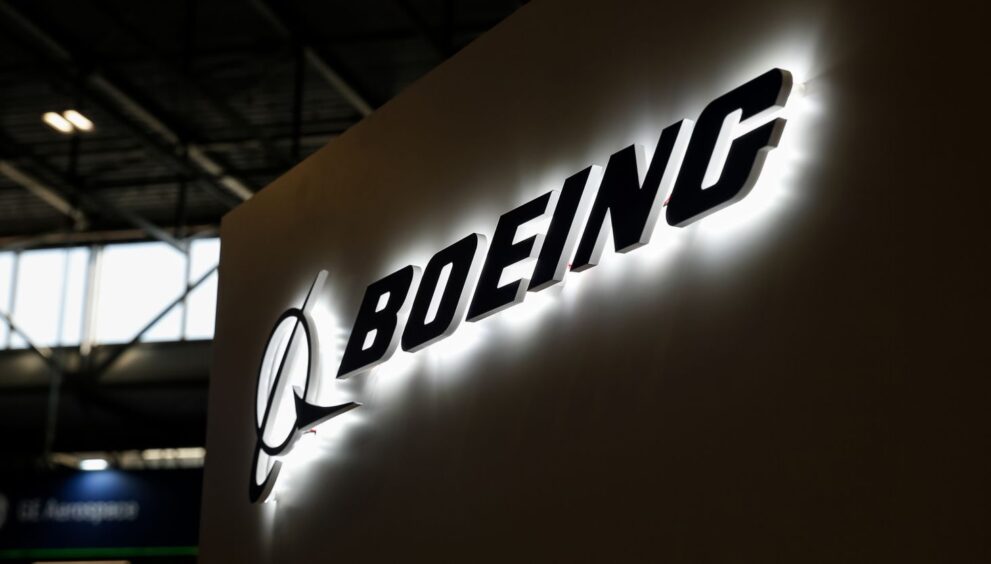Boeing’s stock dropped over 4% following the crash of an Air India 787-8 Dreamliner, which killed more than 200 people. The aircraft went down just minutes after takeoff on Thursday in Ahmedabad, marking the deadliest aviation accident in the past decade.
This incident has drawn intense attention to Boeing’s leadership as they prepare for next week’s Paris Air Show, an event usually marked by new orders and product showcases. Boeing’s new CEO, Kelly Ortberg, had been expected to highlight recent successes aimed at restoring confidence in the company after several safety and production setbacks.
Although aviation experts currently see no evidence suggesting a manufacturing or design flaw caused the crash, it remains a focal point for investigation. Nearly all of the 242 passengers and crew on board lost their lives in the tragedy.
One major hurdle for Boeing will be managing public perception, which often links accidents directly to the manufacturer, regardless of actual fault, according to aviation safety specialists. Accident investigators will examine all potential causes thoroughly.
Boeing executives face the challenge of reassuring the public amid lingering doubts about the company’s safety record. Ortberg has been working to move beyond recent regulatory and operational issues and was entering the Paris Air Show, held June 16-22, following a strong month that included over 300 new orders and increased production of the 737 model.
Industry analysts note that previous production problems will weigh heavily on observers, making it crucial for Boeing’s leadership to be transparent and proactive in the coming days.
Shares of Boeing fell approximately 4.2% on the day of the crash. Ortberg stated that Boeing has dispatched a team to assist with the investigation.
In recent years, Boeing has been held responsible for multiple high-profile accidents involving its 737 MAX jets, including two fatal crashes. A separate incident earlier this year, when a door component detached mid-flight, further damaged the company’s reputation and led to leadership changes, including the departure of the former CEO.
The Air India Dreamliner involved in this accident is over ten years old, having first flown in late 2013 and joined Air India’s fleet in early 2014. The aircraft had accumulated more than 41,000 flight hours. Prior to the crash, airline officials had expressed growing confidence in Boeing’s recovery and the new CEO’s direction, although public trust remains fragile. Recent reputation surveys rank Boeing relatively low compared to other major corporations.
The 787 widebody aircraft, considered one of the most advanced passenger planes in service, had never before been involved in a fatal crash. It was temporarily grounded years ago due to battery problems, but those incidents did not result in injuries.
In contrast, Boeing’s 737 MAX jets were grounded for an extended period after two deadly crashes and have experienced ongoing scrutiny and production delays.
Following the crash, some analysts predict closer examination of Boeing’s manufacturing and quality control processes, but they do not anticipate a long-term production slowdown. Suppliers like Spirit AeroSystems and GE Aerospace, which provide key components and engines for Boeing planes, also saw their shares drop by around 2%. Boeing’s debt securities experienced a modest sell-off as well.



